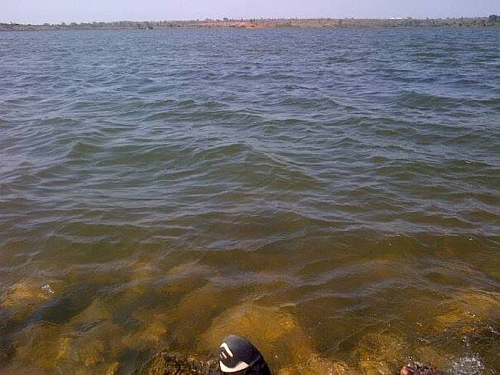Pankshin is a notable Local Government area in Plateau state, Nigeria; it has its headquarters in Pankshin town. This local government covers an area of 1,524km2. As of 2006, pankshin has a population of 191,685. This town has an artificial dam that serves various purpose to the people.
Table of Contents
Pankshin water dam
Pankshin water dam is a federal government project constructed in (1982), in which Alhaji Abubakar Rimi commissioned it in 1983. Pankshin dam has its tributaries from River Wulmi, Bang and Tukung. The dam was constructed in pankshin due to the presence of these tributaries and the far distance from the dam to the city. This is to ensure safety should the dam become overflooded, it will not affect the lives of people and residential structures.
Pankshin water dam covers a total area of 6500km2 at minimum level and 9500km2 at maximum level. The dam has a depth of 1m, 840m long and holds a capacity of about 5,000,000 cubic meters of water.
Pankshin water treatment tank
Pankshin water dam has a treatment plant nearby which is used to treat the water before channelling it to various communities in pankshin. This water treatment plant undergoes the following process of purification.
Aeration-flocculation-sedimentation-filtration-supply tanks
Pankshin water dam is an open dam, which means it is open and can easily be contaminated by particles and debris, these particles mostly mix up with air and other substances which render the water unfit for the humans. In its treatment, limestone is introduced to adjust the acidity of the water. After this, it is then moved to the flocculation basin and at this point alum is added to clear the colour of the water, the water is then moved to sedimentation tank where it settles, becoming clearer; the clear water is then lifted and filtered through a filter. (During all these processes, a scientist is monitoring the water quality). The filtered water is now transferred to the cleared tank and it is being transferred to the various reservoirs in town, and then is released to the public for consumption. About 4500m3 of water are pump on a daily basis.
Importance/Uses of Pankshin dam
- It serves as a source of hydro-electrical power supply.
- The dam provides water for domestic uses, such as drinking, washing and for cooking.
- It is also used for agricultural activities, most especially during the dry season, the dam serves as source of water for irrigation farming.
- The presence of the dam contributes to flood control in the immediate environment.
- It is used for tourism and recreation which in turn generates revenue for government of the state.
What are the problems posed by pankshin water dam?
- People have now occupied the surrounding areas which may cause loss of lives and property in the event of flood. There is also problem of poor management.
- Pankshin dam brings about loss of natural habitat and destruction of biodiversity
- Due to constant human activities like washing, farming in the dam premises, toxic chemicals are constantly washed down in to the dam, making the water unfit for human consumption and also posing a threat to few species of organisms which thrive in the dam.
- Changes in temperature, dissolved oxygen, physical properties, and chemical composition of the reservoir are not suitable for aquatic plants and animals to survive, since it is not their natural habitat.
- Erosion also takes over the farms surrounding the dam, thereby draining off the top soil
Solutions to these problems
- There should be reduction of human activities around pankshin dam
- Proper management practices should be taken into consideration by the government.
- Future dams should be built at a site where human activities are less and should be far from human settlement.
- Power supply should be generated through alternative sources and the government should consider upgrading existing sources of water and hydropower facilities to provide more overall benefit.


